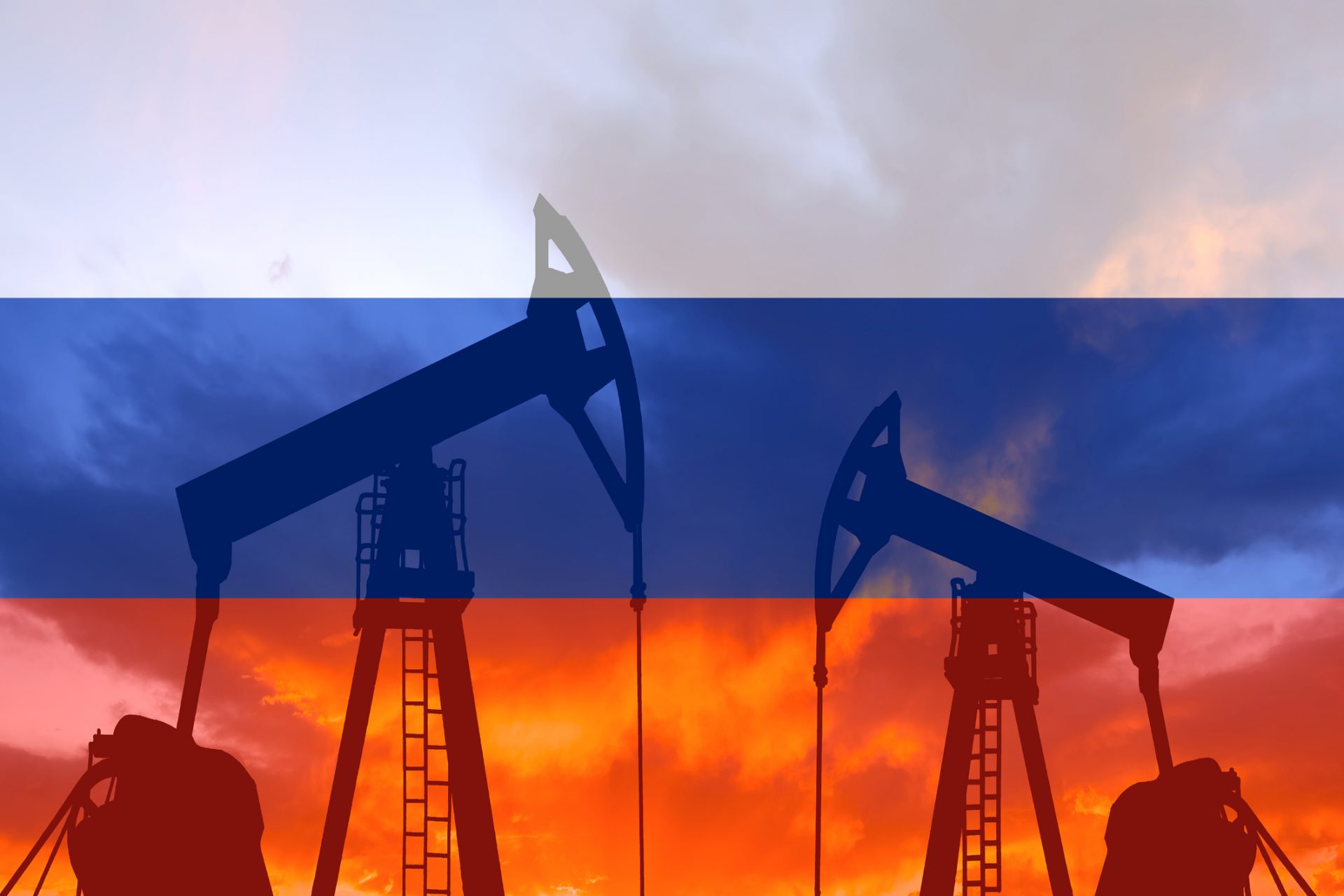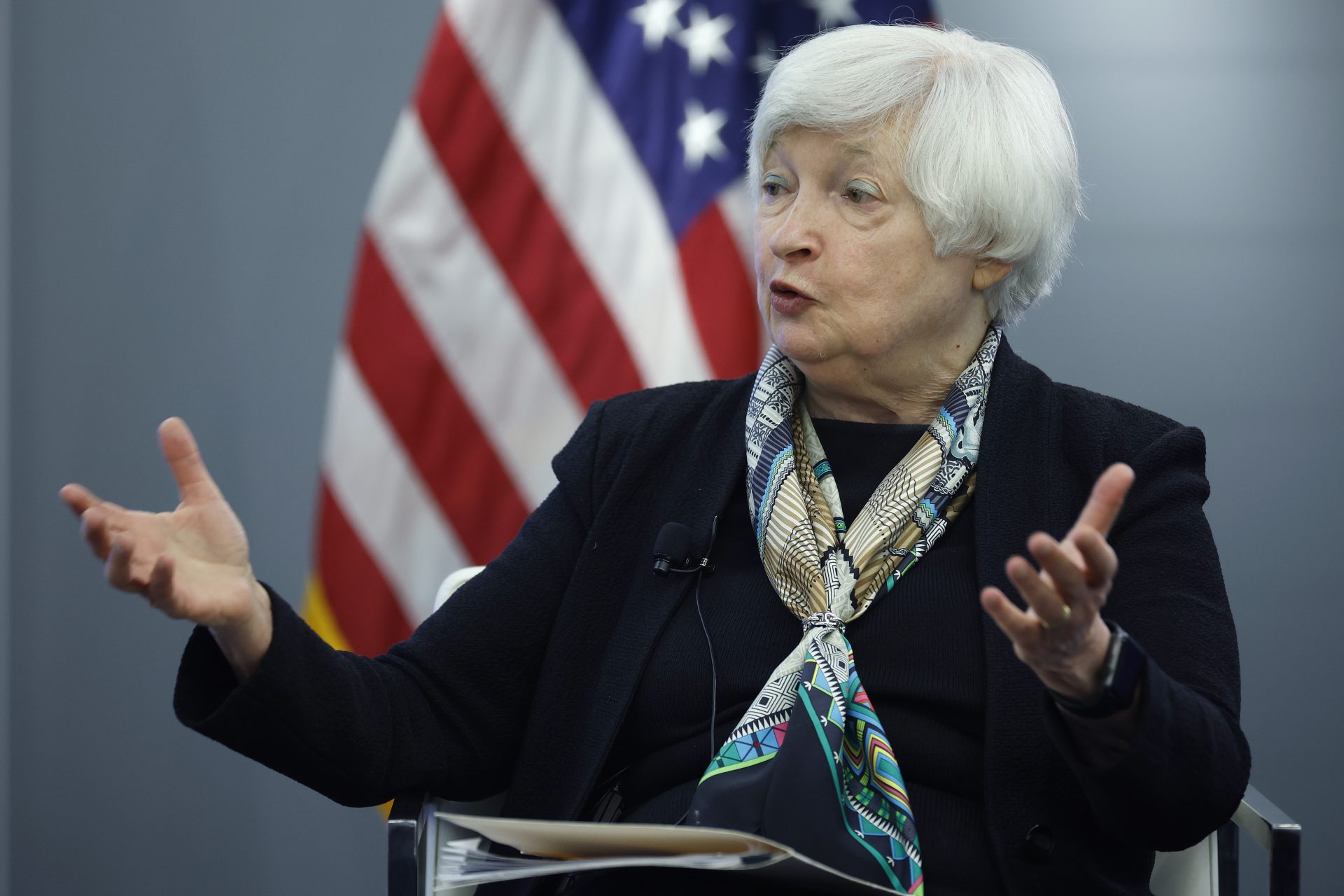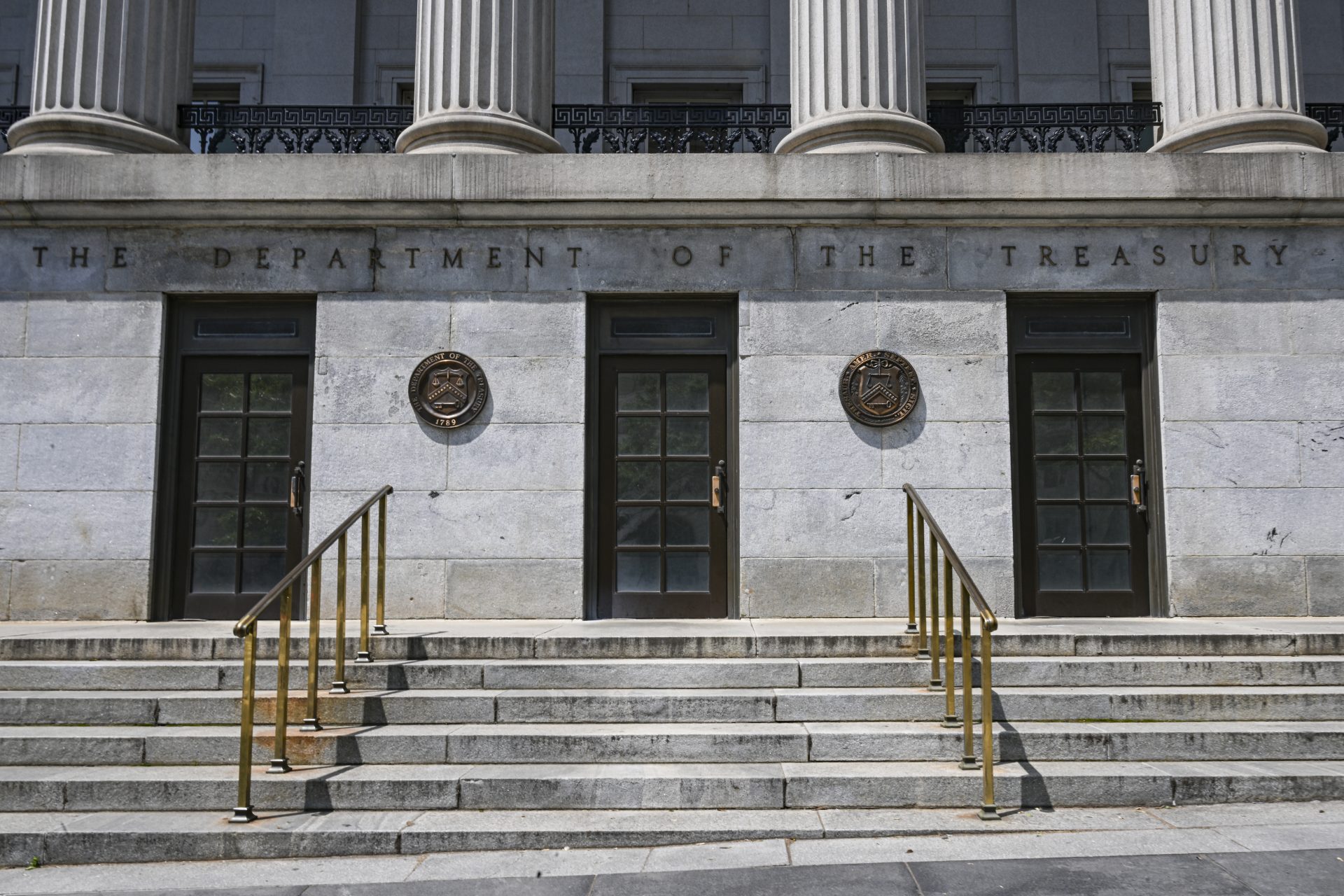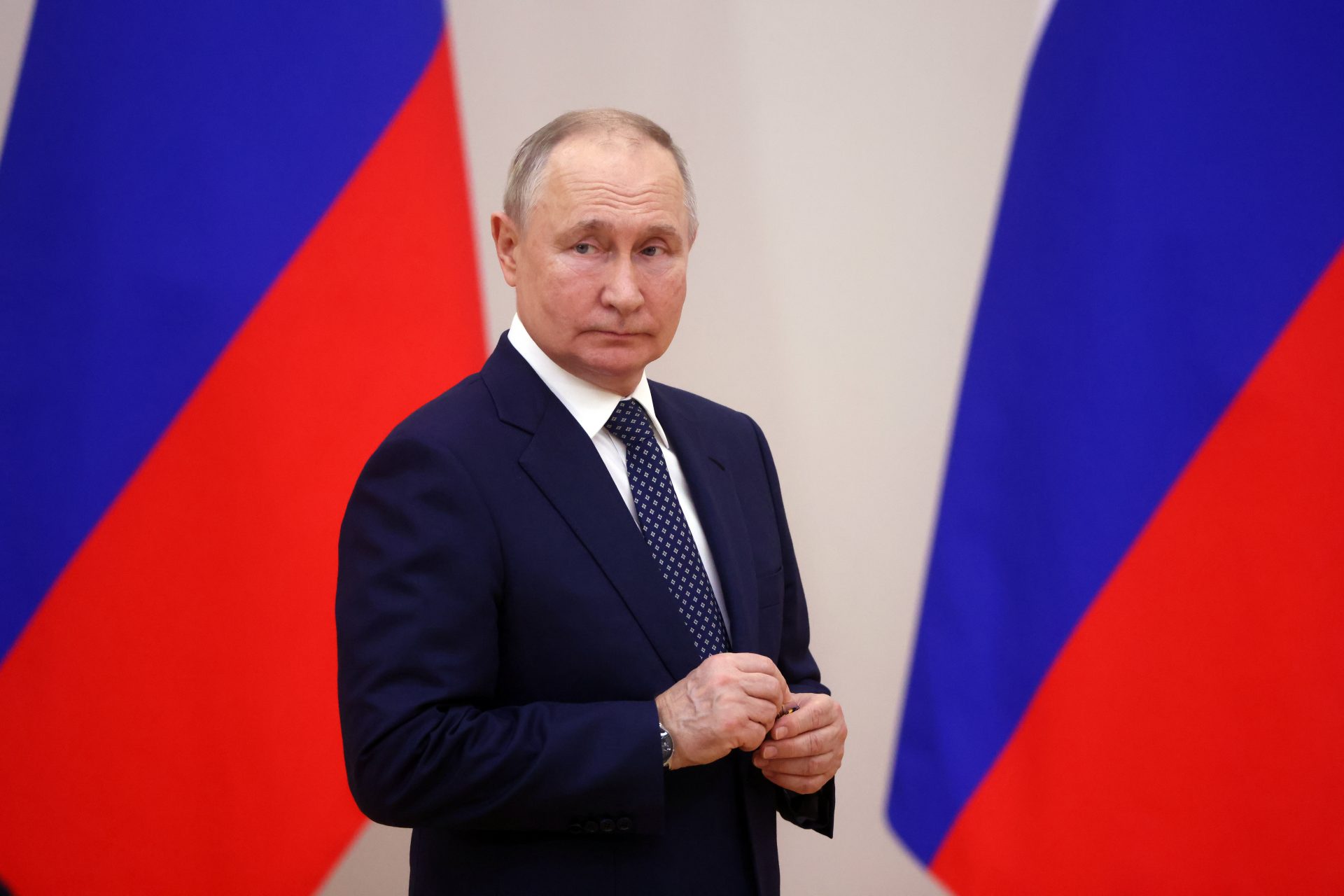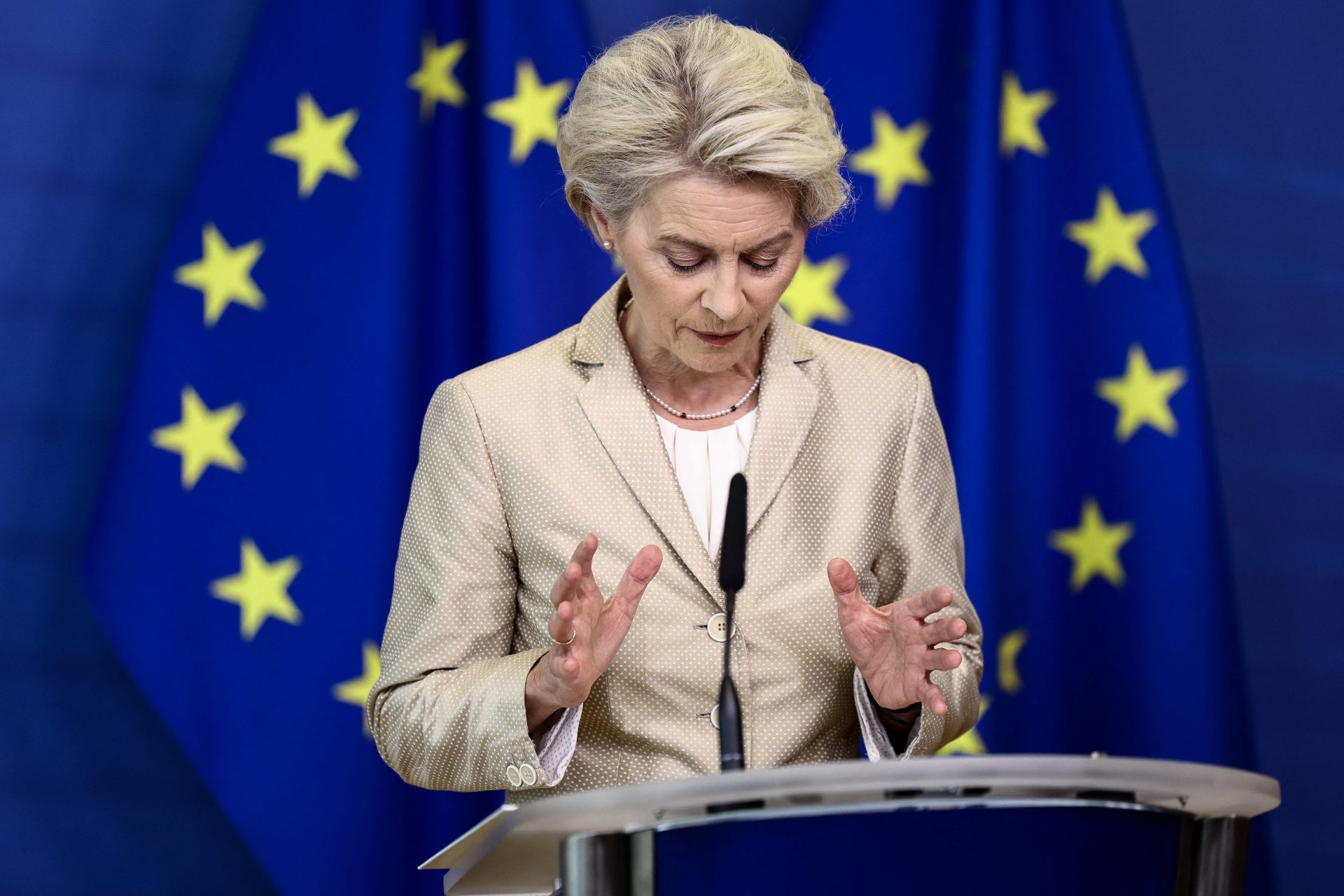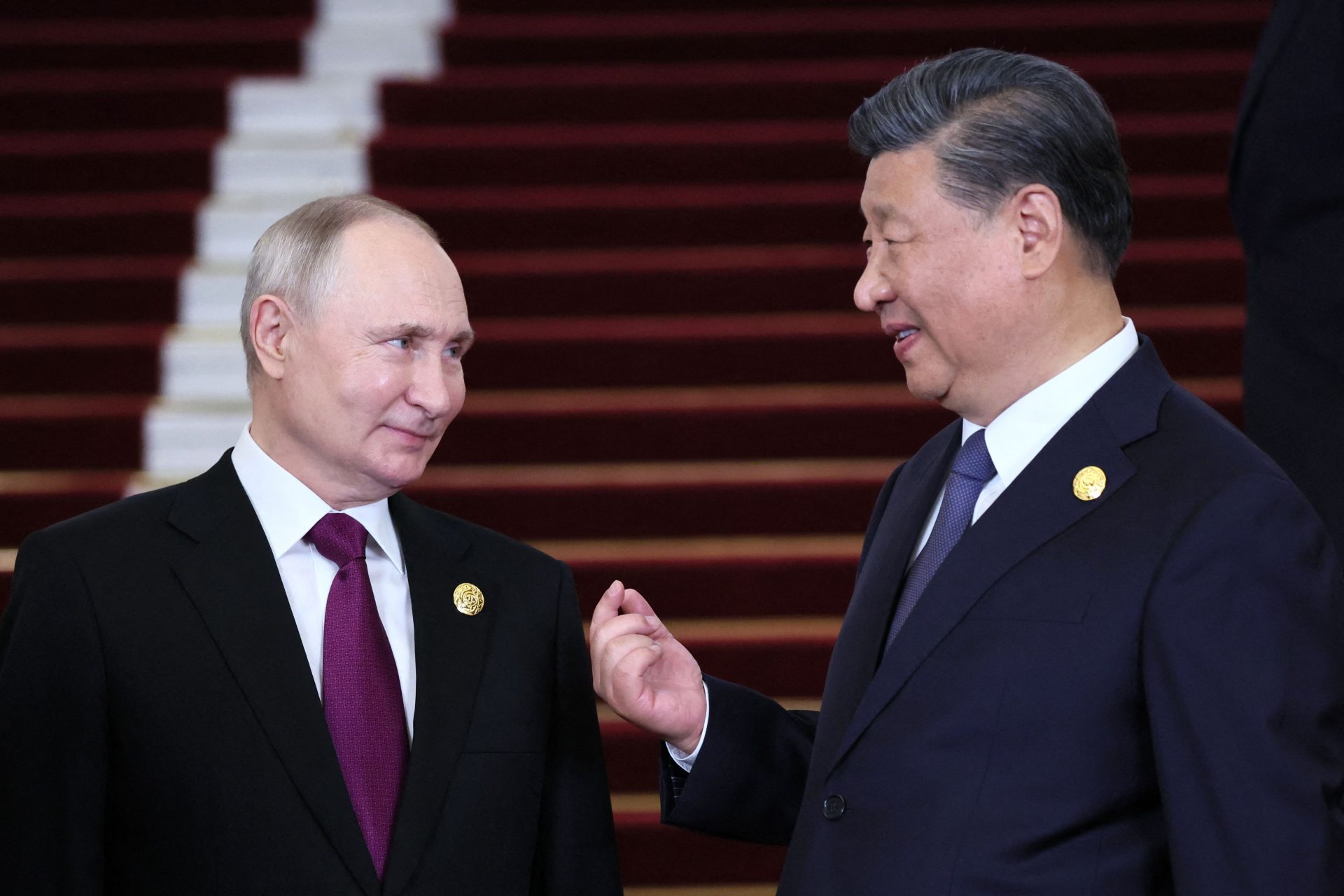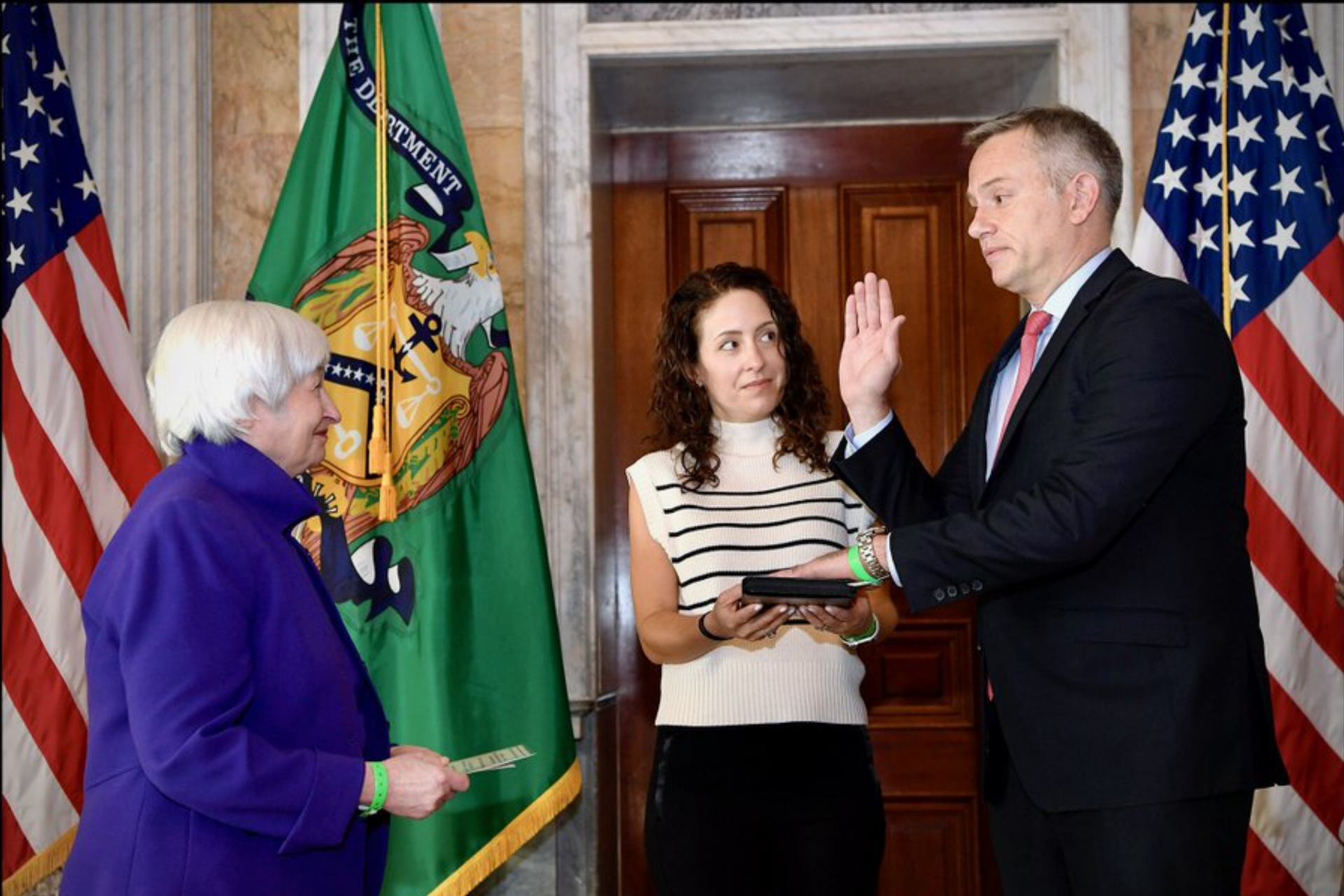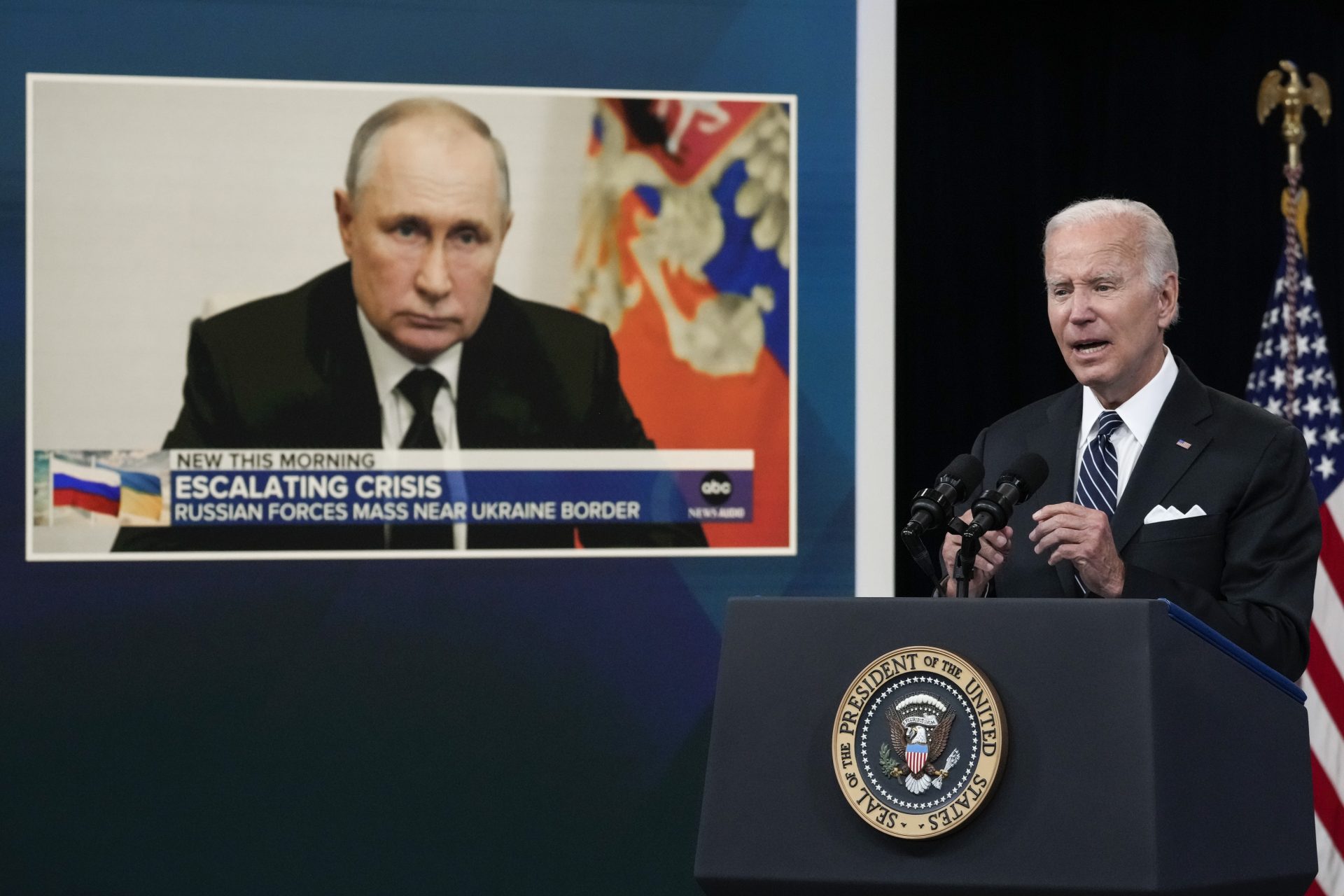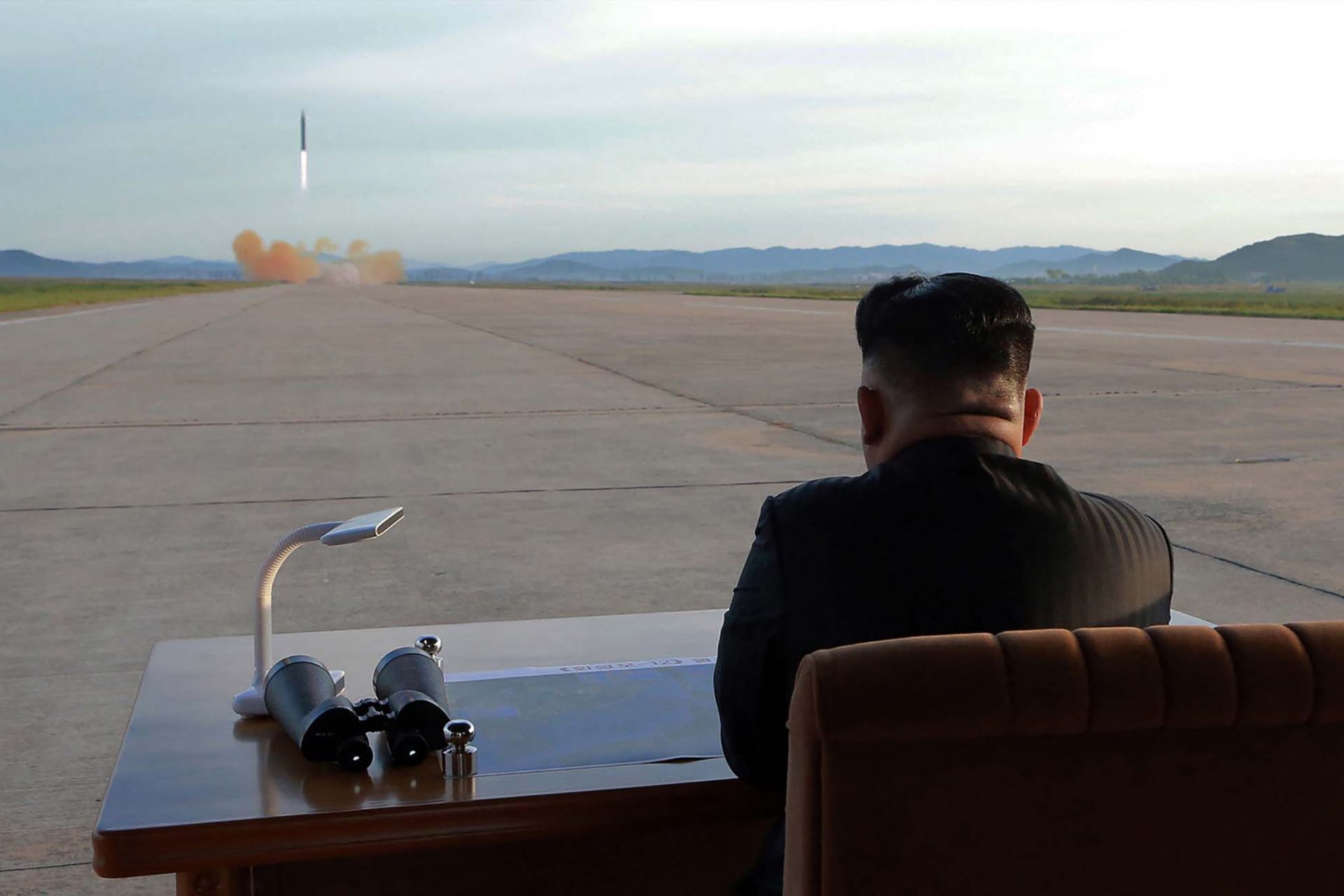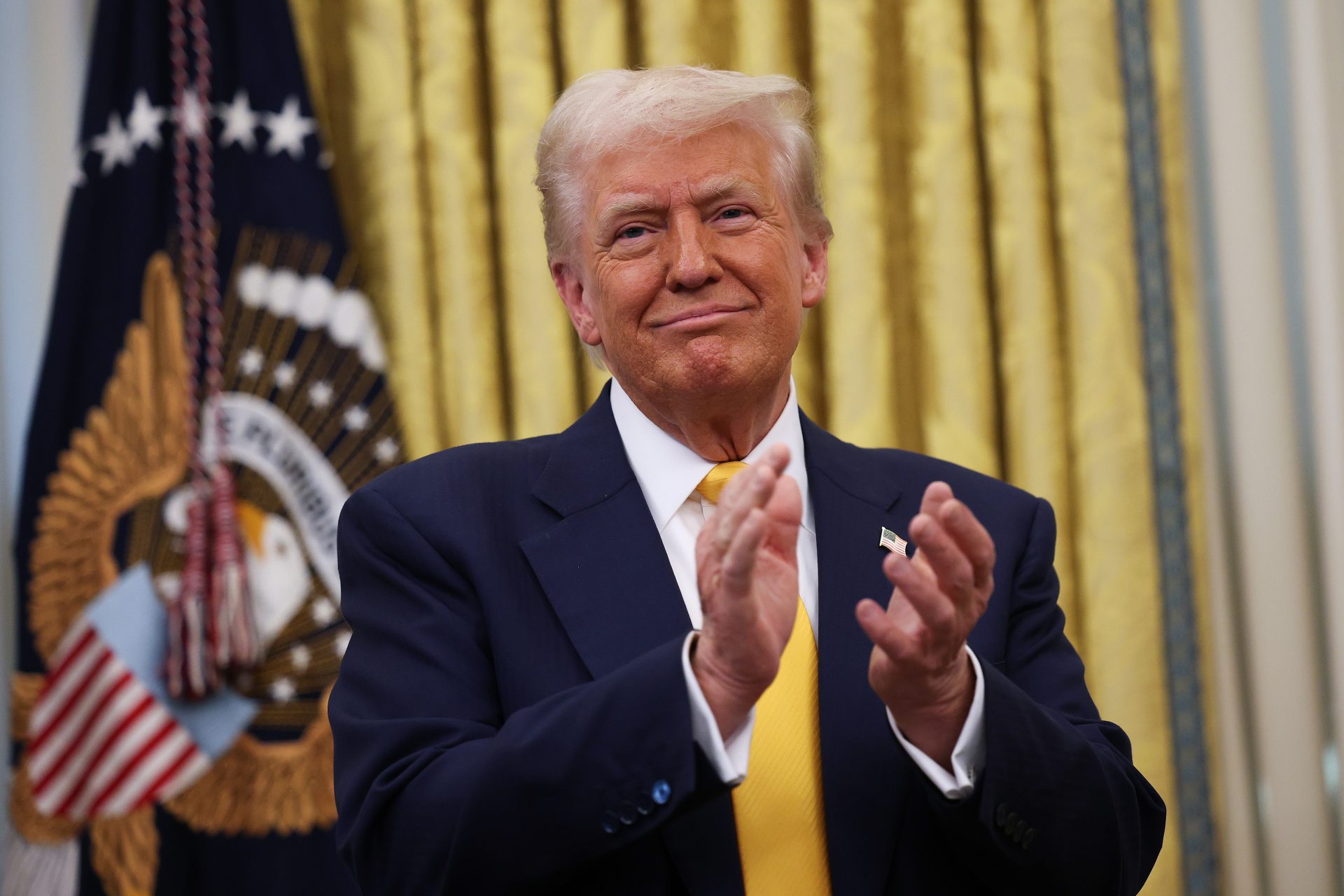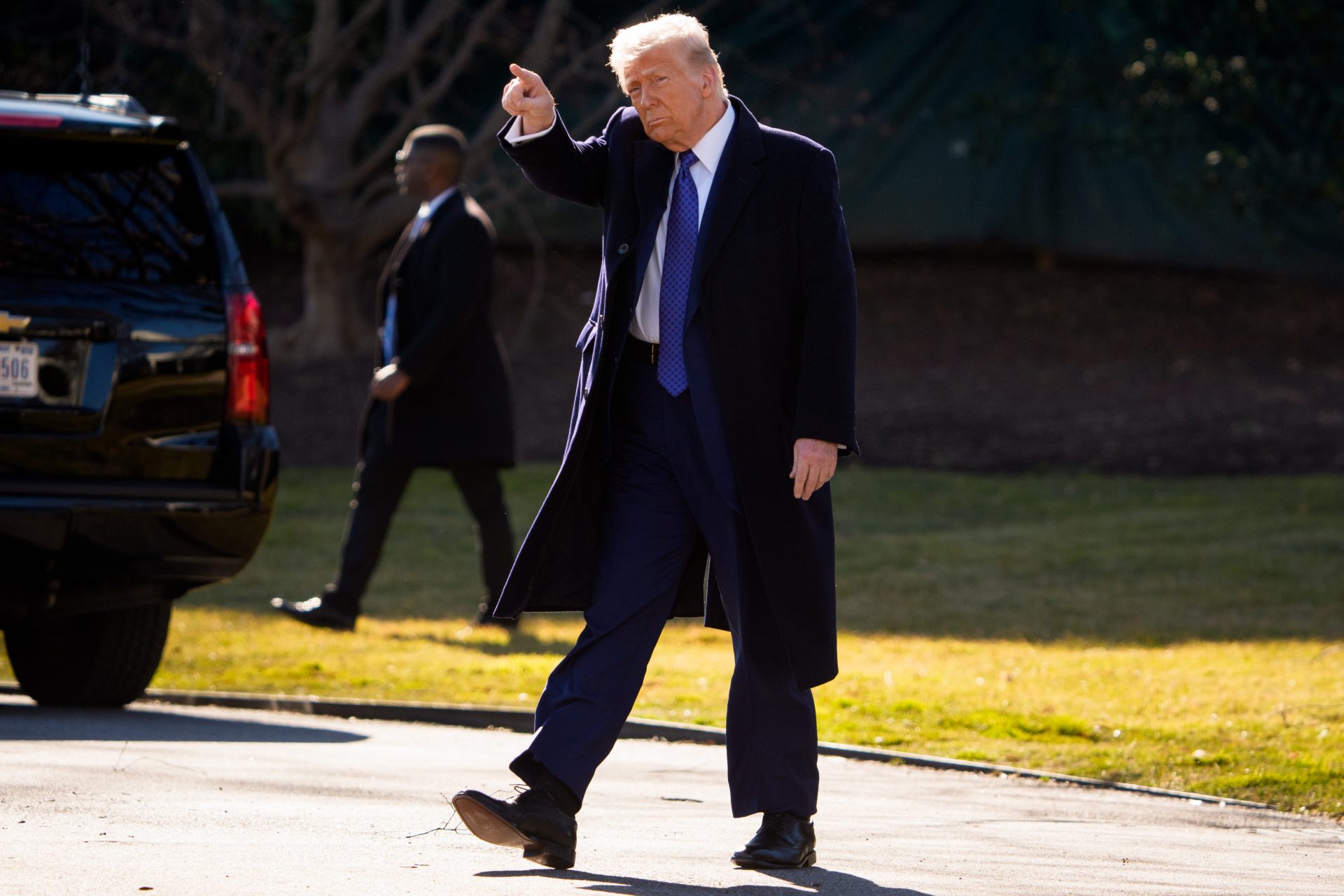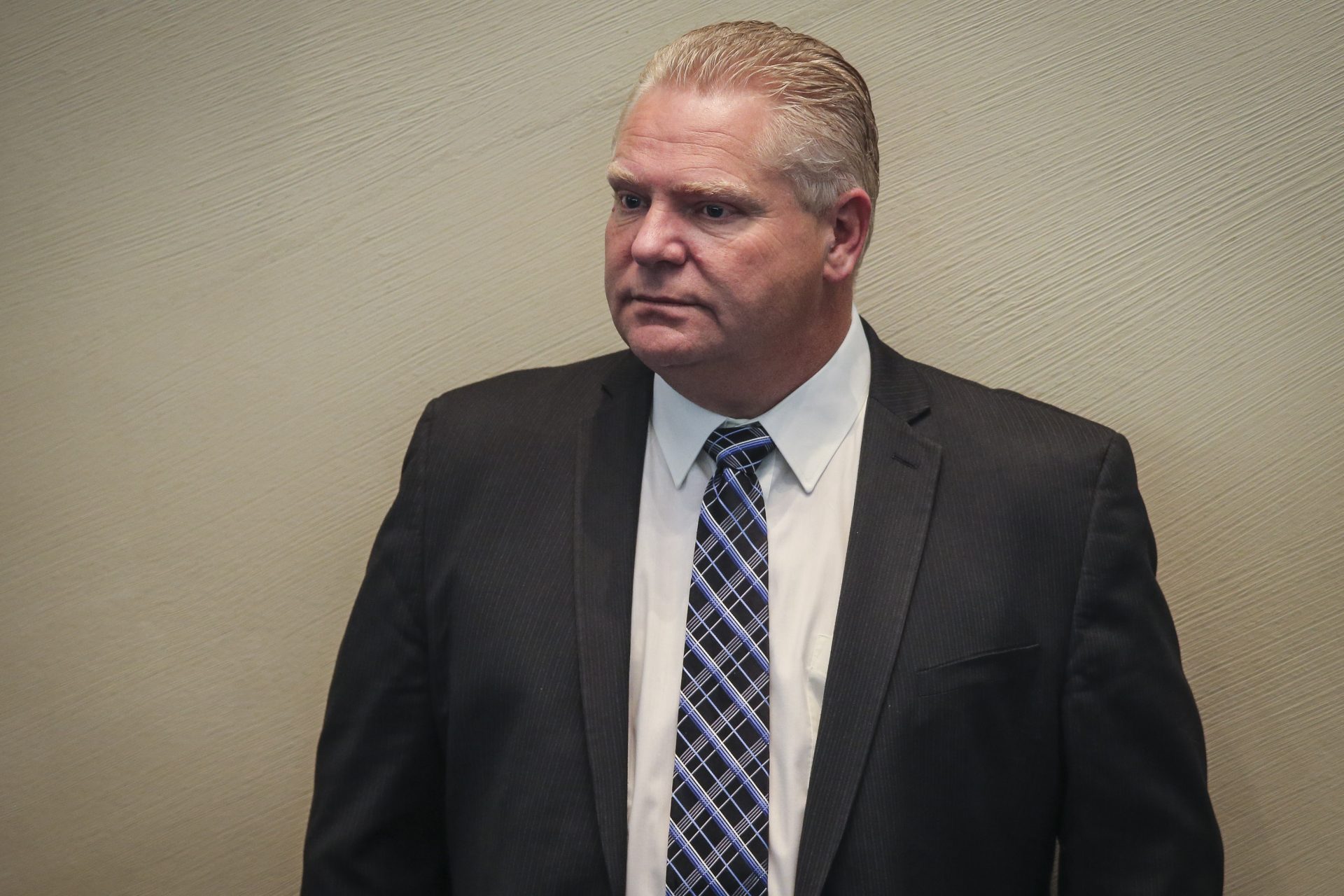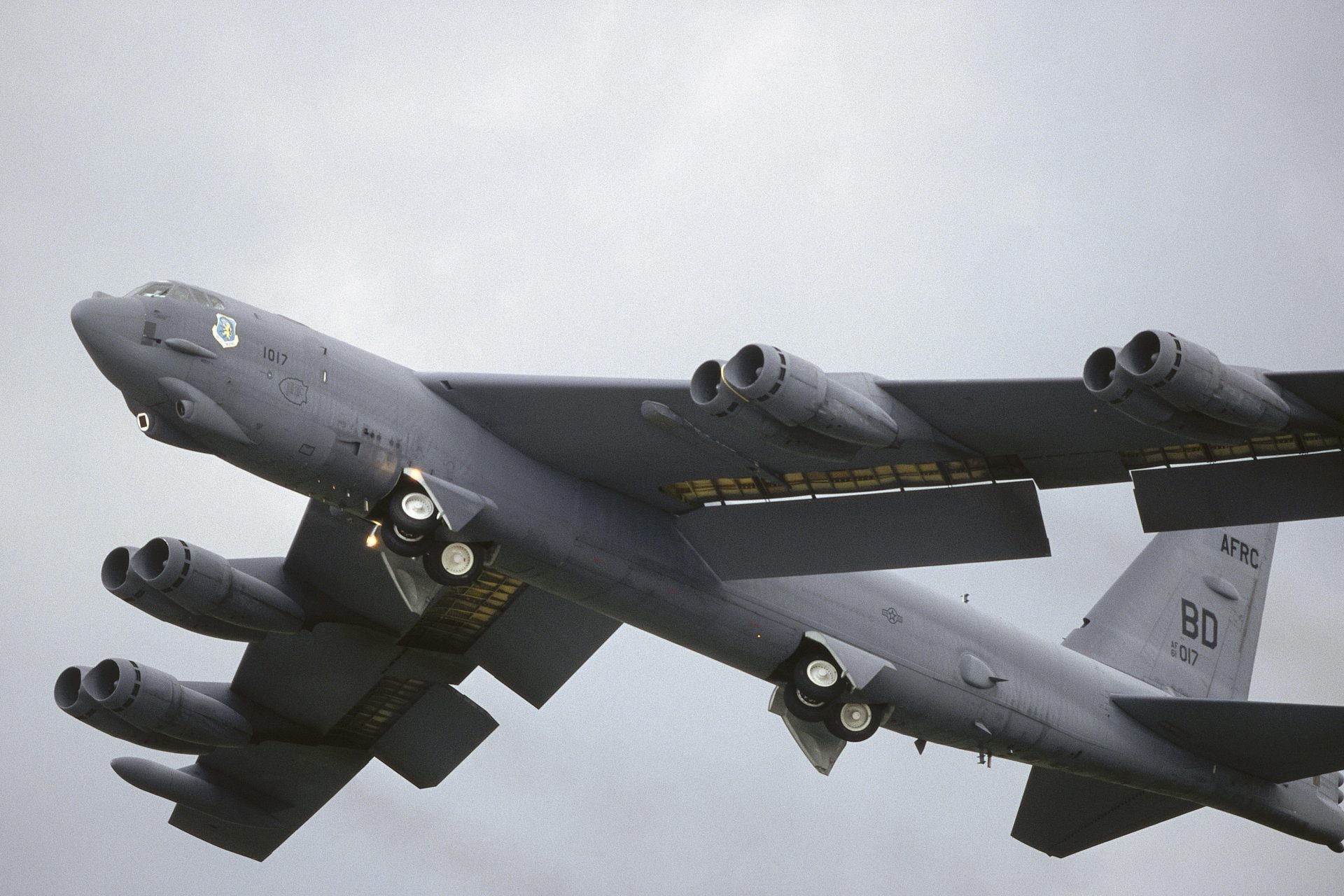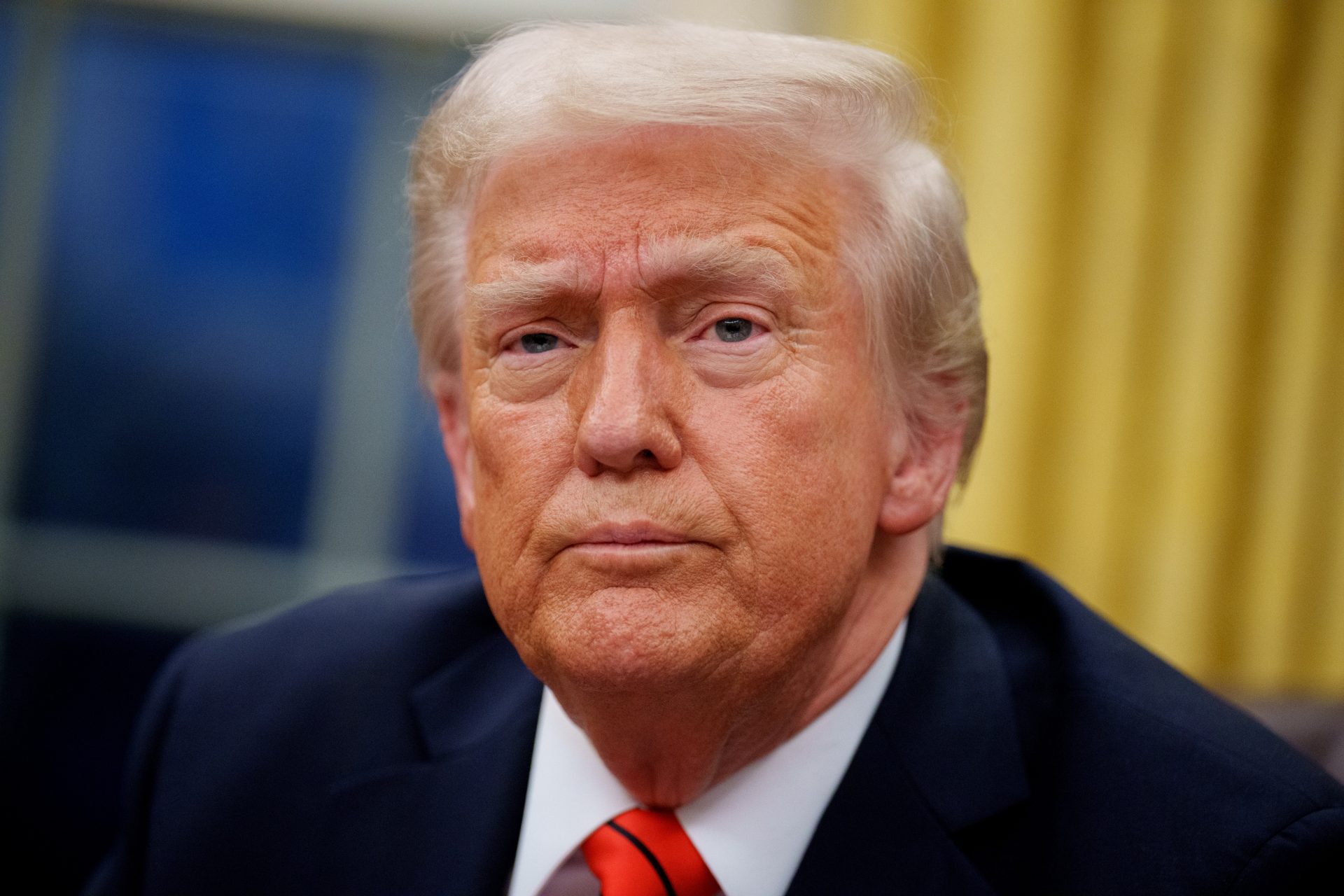The Western price cap on Russian oil is failing and this is why
Western efforts to cap the price of Russian oil at $60 dollars a barrel are falling short of their mark according to some Western officials and export data. This is why the West’s price cap is failing and what could be done to fix the situation.
In the months following the Russian invasion of Ukraine, the U.S. Treasury Department came up with an idea to limit Moscow’s ability to fund its war of aggression against Ukraine by capping Russian oil sales at $60 dollars a barrel.
The measure was eventually adopted by every member of the G-7 and European Union but Foreign Policy’s Jeffrey Sonnenfield and Steven Tian noted in an October report that the policy had not been as effective as its planners had hoped.
Sonnenfield and Tian helped to advise the Treasury Department when it set up the price cap and noted that it worked well at the beginning of 2023. However, they also reported that the policy had become less effective as time went on.
The reason behind the price cap’s problems have been twofold according to the authors and it has to do with the rising cost of oil and Russia’s workarounds, such as its shadow fleet of oil tankers that operate outside of the G-7 purview.
In mid-November, the Financial Times reported that most of Russia’s oil was being sold above the $60 dollar price cap and cited an unnamed European official the news outlet spoke with about the West’s growing inability to keep the price of Moscow's oil under $60.
The unnamed official claimed “almost none” of Russia’s seaborne shipments of crude oil in October had been sold below or at the $60 price cap, saying that “latest data makes the case that we’re going to have to toughen up.”
Luckily, the European official also said that there was “no appetite” to allow the Kremlin to keep circumventing its price cap and the Financial Times noted that European Union officials had met to discuss their potential options.
Among the most promising measures to crack down on Russia would be to strengthen the enforcement of the oil price cap and limit the Kremlin’s ability to access the used oil tanker market from which it built its shadow fleet.
Russian export data from October shows that the country was selling its oil above $80 dollars a barrel and other data cited by the Financial Times indicated that Russia’s main Ural export-grade oil began to jump over the $60 dollar price cap in the summer.
In September, a separate report from the Financial Times revealed Russia was likely circumventing the West’s oil price cap when it reported that nearly three-quarters of the country’s seaborne crude in August traveled on ships without Western insurance.
“The price cap has absolutely failed,” S&P Lead Analyst Fotios Katsoulas told Politico in October about the situation. “Across the market, we expect that all of the cargoes of Russian barrels are now trading above the price cap.”
Katsoulas explained that strong global demand for oil and Russia’s establishment of its shadow fleet through companies in the United Arab Emirates, India, China, and others have allowed the Kremlin to become immune to violations of the oil price gap.
Moreover, the main buyers of Russia’s seaborne crude are no longer Western nations in Europe but rather India, China, and Turkey, nations that are less likely to cooperate with the West's cap on Russian oil.
The dwindling effectiveness of the Western oil price cap led one of its chief architects, former Senior Treasury Department official Ben Harris, to say that the United States, G-7, and European Union needed to crack down on Russia's invasion of the cap.
“If you’re going to commit to at least a moderate level of enforcement, then you have to commit to a high enough level of the price so that Russia doesn’t shut in the oil or look for alternative avenues for shipment,” said in an October interview with Bloomberg News.
Sonnenfield and Tian also agreed in their article that focusing on enforcing the price cap was one key to making the policy work, adding that leveraging the price cap to drive up Putin’s cost and imposing new sanctions could force a return to $60 dollars a barrel.
More for you
Top Stories



